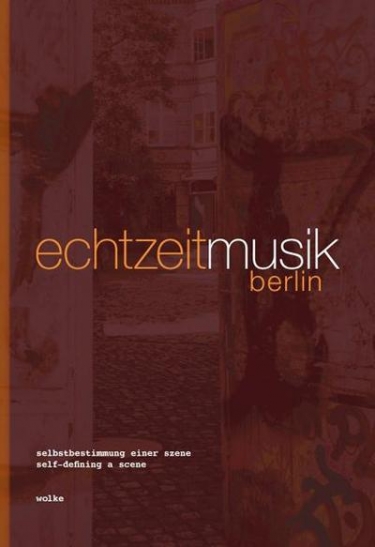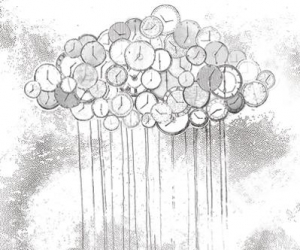
Echtzeitmusik Berlin: Self-Defining a Scene is a welcome and expansive document on the improvised music scene in Berlin. The term “echtzeitmusik,” which translates into “real-time music,” is the current working description for the type of music practiced by such musicians as Axel Dörner, Werner Dafeldecker, Annette Krebs, Ekkehard Ehlers, and the four editors, all of whom contribute essays or interviews to this volume. Needless to say, some discussion is included about whether the description fits the music, but most of the book centres on more important questions about the scene at large.
The book is divided into sections devoted to the scene’s history, its theoretical underpinnings, and the ideas behind the practices. Nearly fifty artists contribute to the book, which creates an engaging and entertainingly broad sense of an active and exciting movement. Historical moments, such as the emergence of the scene during the early days of reunification—documented especially well by Marta Blazanovic’s text and Teresa Iten’s photographs of the front doors of venues, exist in tandem with discussions about how the scene works in the present tense. Most reminiscences—the perspectives of outsiders like Toshimaru Nakamura and Rhodri Davies augment those of locals like Ignaz Schick—seem to take for granted that the scene is very much alive, whatever its changing shape might be. That alone serves as a strong testament to the ideas in the book about creating music that is free and adaptive, yet self-aware, and that changes in real time.
Taken as a whole, the book is a fascinating introduction to a scene that most readers will probably know only from the recordings that have been made and released over the last decade—most notably when the scene was known better as “reductionism” and corresponded with similar “lowercase” music movements around the world, such as the Japanese onkyo scene of the early part of this century. Some artists give us expansive details, such as when Andrea Neumann takes us under the hood of her piano and explains her practice, or when Ignaz Schick tells us how his instrumentation has changed over the years; while others simply and poetically add fleeting thoughts. Taken as a whole, this collection is a fascinatingly polyglot introduction to what is still very much a going concern in Berlin’s music scene and beyond.

